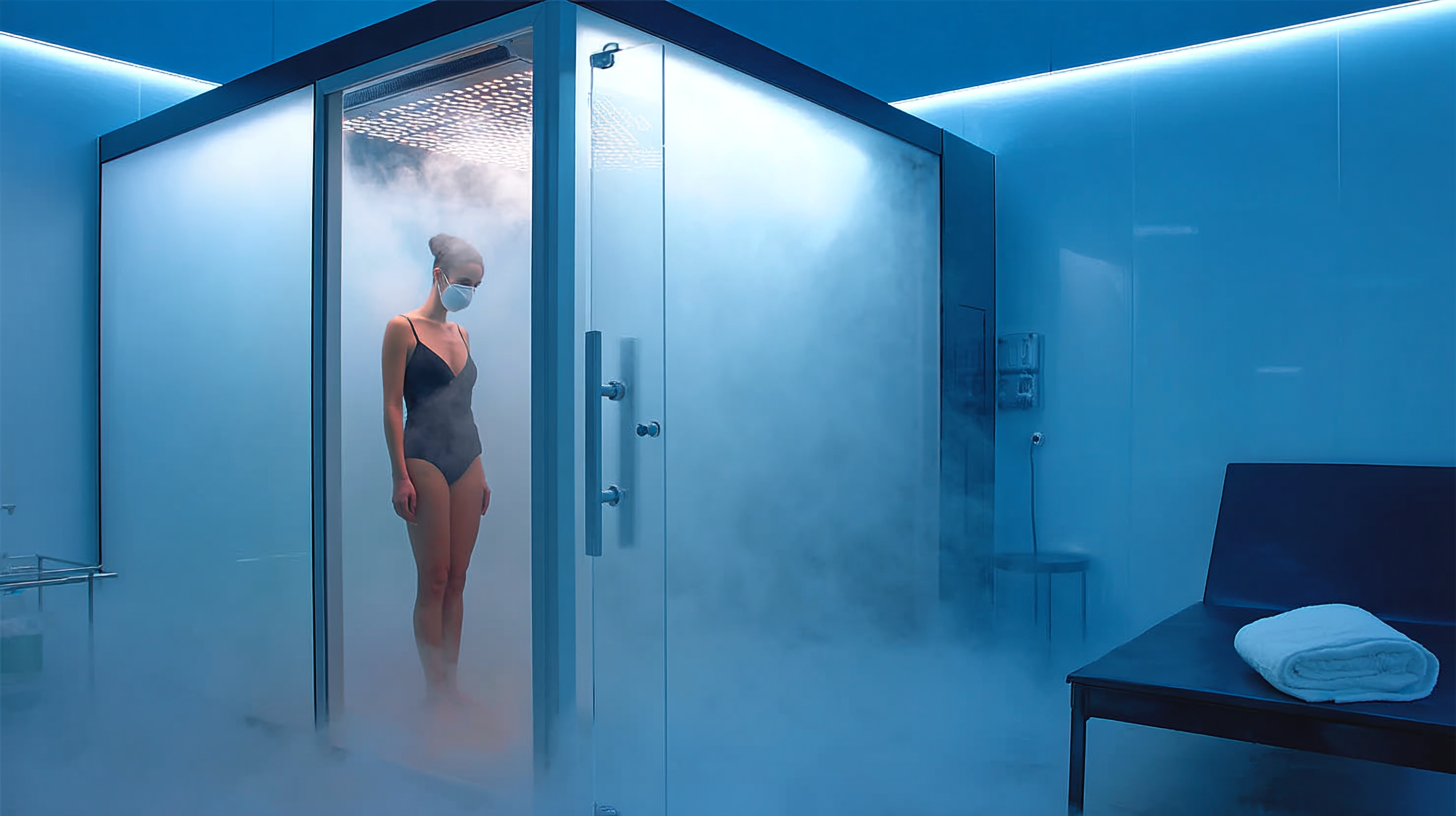Sweat Culture Is Heating Up Again in the Sauna Renaissance
Pictured: Sauna at Low Wood Bay Resort & Spa, Lake District
Once a marginal luxury tucked away in high-end spas or Nordic cabins, the sauna has stormed back into mainstream wellness with new urgency and new meaning. From floating wood-fired sanctuaries in Liverpool to panoramic rooftop retreats in London, saunas are now redefining the boundaries of modern health, beauty, and social connection. What’s more, they are doing it with both scientific credibility and cultural resonance.
At the core of this revival is a growing awareness of the sauna’s wide-ranging benefits, many of which are now backed by emerging clinical and physiological research. Regular sauna bathing has been associated with stress reduction, improved cardiovascular function, enhanced circulation, muscular recovery, and even strengthened immune response. The Global Wellness Institute notes that sauna use may lower blood pressure, reduce inflammation markers, and even contribute to improved mood regulation—benefits that resonate particularly in a post-pandemic world seeking holistic, preventative solutions.
This is no passing fad. The global sauna market was valued at $859.5 million in 2023 and is projected to grow at nearly 6% annually through 2030. In the UK, the expansion has been particularly explosive. According to the British Sauna Society, public sauna facilities in the UK more than tripled from just 45 in 2023 to 147 by early 2025. From mobile horse-trailer saunas in Brighton to inner-city communal installations in disused Hackney car parks, entrepreneurs are racing to meet demand for experiences that merge wellbeing with social interaction.
As Jackie O’Hare, ESPA’s Global Commercial Director, explains: “The rise in sauna popularity can be attributed to their scientifically backed benefits, including stress relief, improved circulation, muscle recovery, and immune system support. As people seek out natural ways to enhance their physical and mental well-being, saunas firmly remain a key feature in luxury spas, wellness centres, clubs and home setups. The social aspect is also an important factor and a strongly evolving trend, as we see health clubs focused on social wellness really gaining popularity, funnily enough harping back to the ways that saunas were used through history in so many cultures as a communal, collective experience and demonstrating the relevance of shared experiences on our general wellbeing.”
The social aspect - like the Aufguss ritual - an increasingly popular performance involving wafting essential oils through the sauna with dramatic towel movements, has transformed passive sweating into a multisensory group experience. It’s part theatre, part therapy, and part social bonding. In London and Manchester, purpose-built venues like FIX MCR and Peckham Sauna Social are hosting everything from sound healing nights to DJ-led “sober socials”, offering a counterpoint to traditional nightlife in a wellness-first setting.
This fusion of wellness and community reflects a broader recalibration of what consumers want from their health routines. The modern spa-goer isn’t just looking for relaxation - they’re looking for connection, belonging, and meaning. Saunas have become a locus for all three. The Guardian recently reported on users describing saunas as “friendship incubators”, where strangers become friends and the emotional lift of a session lingers long after the sweat dries.
Meanwhile, the beauty and hospitality sectors are evolving fast to keep pace. Infrared sauna pods, which operate at lower temperatures and induce deep, cellular-level sweating, are being integrated into skincare clinics and high-street wellness studios as detoxifying, glow-enhancing add-ons to facials and body treatments. Luxury spas, particularly in resorts and boutique hotels, are constructing dedicated thermal circuits - offering herbal saunas, salt rooms, experience showers, and cold plunge pools in sequence to create immersive, full-body programmes. In London, the upcoming Six Senses Place will even blend private wellness suites with social lounges, confirming the sauna’s place at the intersection of ritual and recreation.
The shift has also reached consumers' homes. Home sauna sales spiked post-2020, with portable, infrared, and modular barrel saunas becoming popular options for wellness-savvy buyers creating at-home retreats. But even in countries like Norway, where home saunas are common, many people still seek out communal bathing spaces—proof that the appeal isn’t just heat, but human connection.
From a commercial perspective, saunas are also highly attractive. Unlike many spa treatments, they require no therapist to operate, offer consistent margins, and deliver clear, tangible benefits with relatively little overhead. Their adaptability - from compact urban pods to dramatic floating sanctuaries—makes them versatile additions to wellness portfolios.
Looking ahead, the sauna landscape is poised for even more evolution. Expect increased technological integration (think biometric-adjusted smart saunas), sustainable design using reclaimed materials, and hybrid spaces that blend traditional heat with immersive cultural programming, from live music to guided meditations. But what’s unlikely to change is the foundational appeal: a hot, shared space where people can slow down, sweat, and simply feel better - together.







